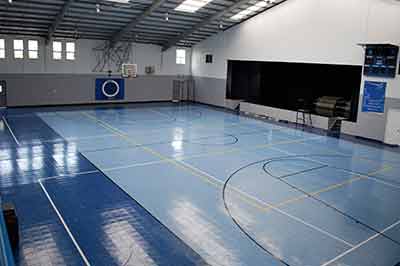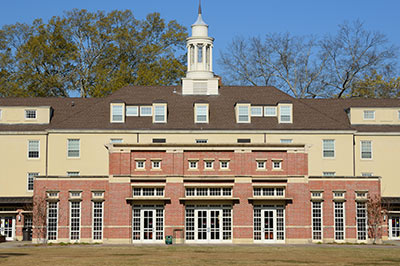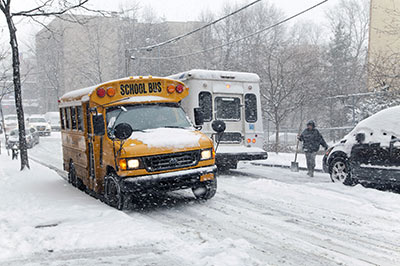Bricks and Mortar
By Dr. Linda Lemasters, June 30, 2014. There is never a week that passes that I don’t see beautiful, well built, and inviting schools. Some are simply pictures; some are along the roads I travel. At the same time, there is rarely a week that I don’t see, read about, drive by schools that are less than inviting and are unappealing. It is always said that it does not matter where children learn: in a one-room schoolhouse, out of doors, rooms with peeling paint, or places that are not clean and have musty smells. Sometimes I believe this is a “cop out.” The person making those comments not only has not realized the importance of the places where children learn; but also never has visited any of the devastating facilities.










